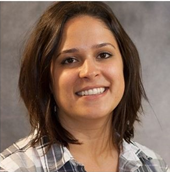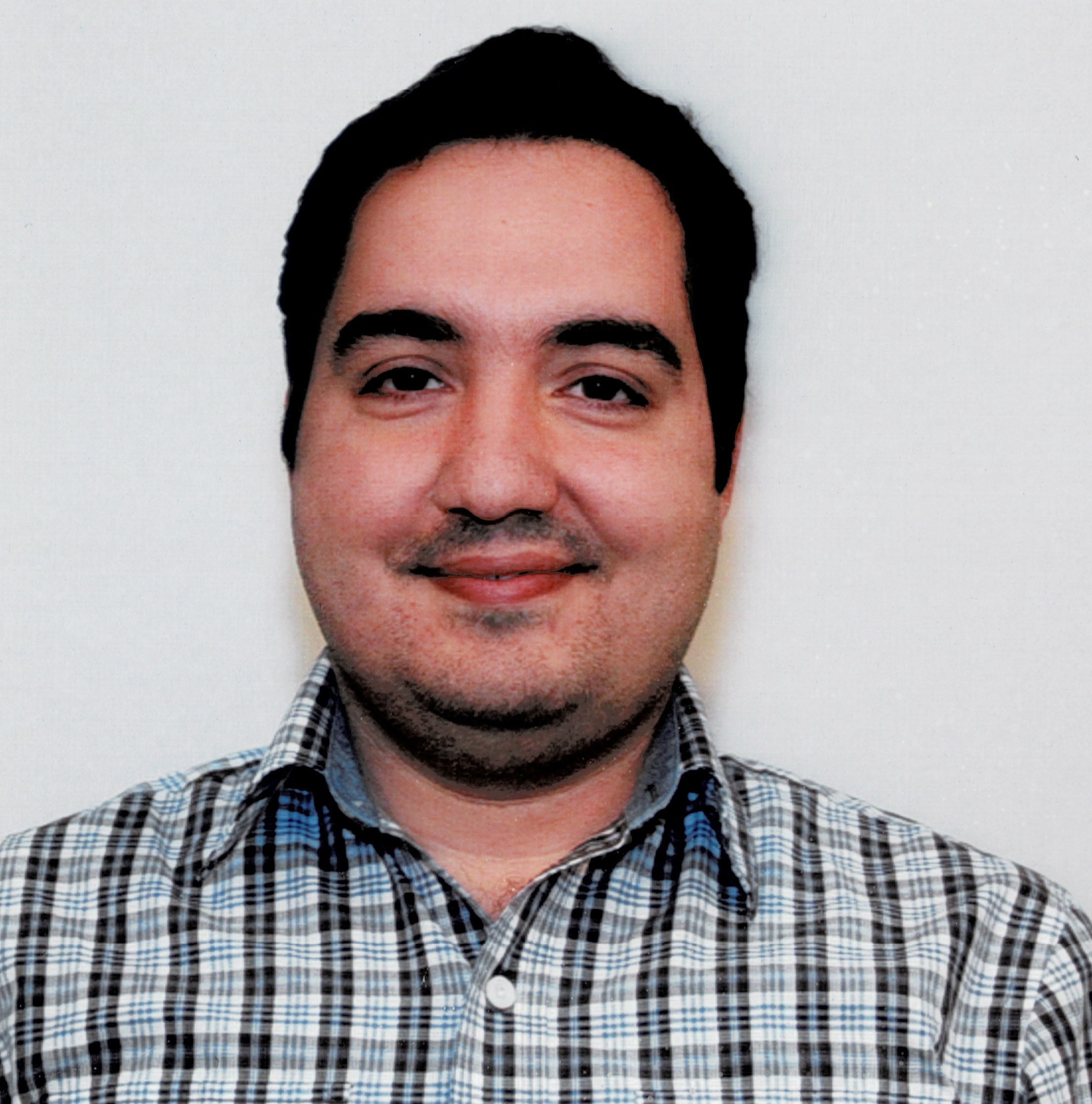Research geneticists
| |
||
 | Asha M. Milesasha.miles@usda.gov (301) 504-8665 Professional background spans molecular genetics, epidemiology, and microbiome science; applies knowledge of these areas in an integrated approach to understanding animal health and production. Research priorities include refining and redefining economically important phenotypes, incorporating host and microbial genetics into our prediction of phenotypic expression, and describing novel traits encompassing microbiome-based health and productive efficiency. Larger objectives comprise redefining selection goals to improve dairy animals and meet domestic and international demands for safe, nutritious food, as the world faces unprecedented challenges in food production thanks to burgeoning populations, diminishing resources, and the changing climate. |
|
| |
 |
Sajjad Toghianisajjad.toghiani@usda.gov (301) 504-8680 Academic background extends to a cross-disciplinary skillset in statistics, genetics, genomics, and data science for animal breeding and genetics applications. Primary research interests include using cutting-edge genomic technology in animal breeding to develop decision-making tools and improved algorithms to enhance dairy health and welfare, environmental sustainability, climatic adaptability, and productivity cost-effectively for producers. |
| |
||
 | Paul M. VanRadenpaul.vanraden@usda.gov (301) 504-9438 Develops methods to compute genetic evaluations and genomic predictions. Investigates differences among dairy cattle for many traits and estimates trait economic values in genetic merit indexes. Develops efficient statistical methods to process phenotype, genotype, pedigree, and DNA sequence data for very large national and international populations. |
|
| |
||

Stay Connected to ARS :